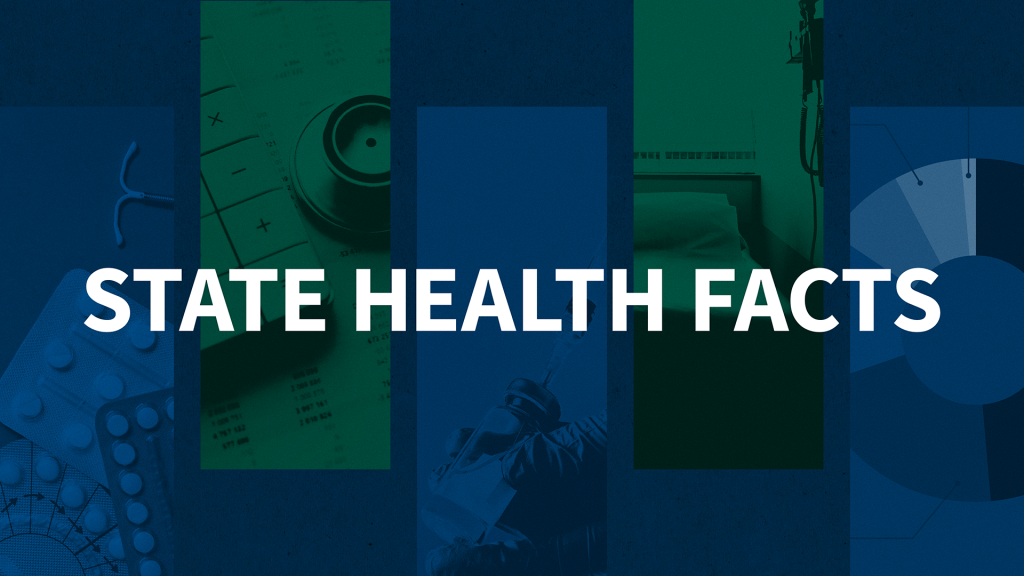Trends in Access to Care Among Working-Age Adults, 1997-2006
Trends in Access to Care Among Working-Age Adults, 1997-2006 This policy brief finds about 39 million working-age adults nationally reported cost as a barrier to receiving needed health care in 2006, a number that grew by an average of 1 million people annually over the decade studied.
